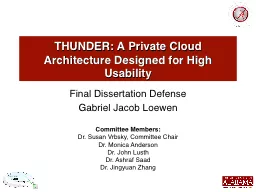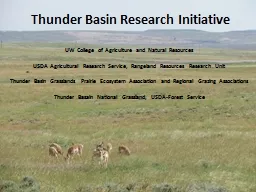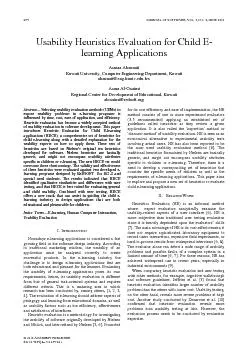PPT-THUNDER: A Private Cloud Architecture Designed for High Usability
Author : lois-ondreau | Published Date : 2018-02-26
Final Dissertation Defense Gabriel Jacob Loewen Committee Members Dr Susan Vrbsky Committee Chair Dr Monica Anderson Dr John Lusth Dr Ashraf Saad Dr Jingyuan
Presentation Embed Code
Download Presentation
Download Presentation The PPT/PDF document "THUNDER: A Private Cloud Architecture De..." is the property of its rightful owner. Permission is granted to download and print the materials on this website for personal, non-commercial use only, and to display it on your personal computer provided you do not modify the materials and that you retain all copyright notices contained in the materials. By downloading content from our website, you accept the terms of this agreement.
THUNDER: A Private Cloud Architecture Designed for High Usability: Transcript
Download Rules Of Document
"THUNDER: A Private Cloud Architecture Designed for High Usability"The content belongs to its owner. You may download and print it for personal use, without modification, and keep all copyright notices. By downloading, you agree to these terms.
Related Documents














